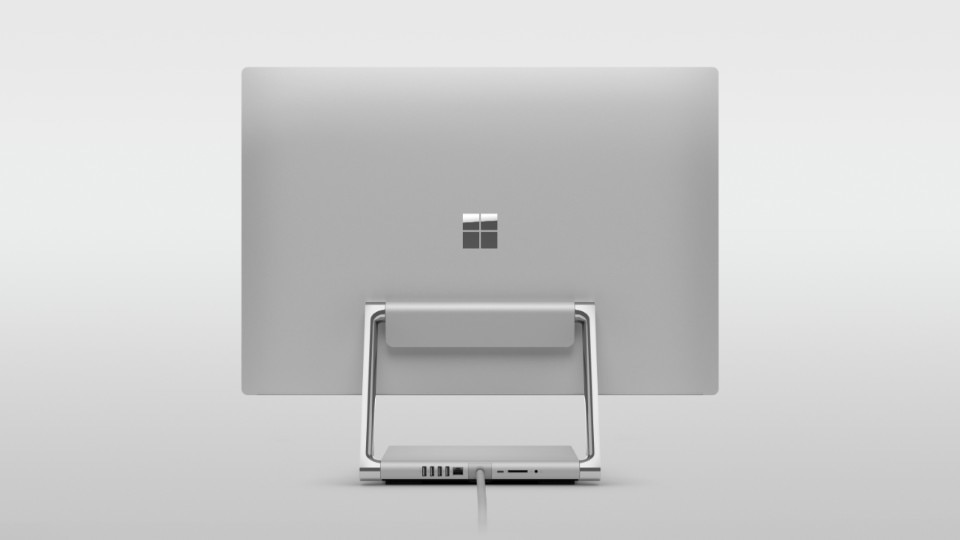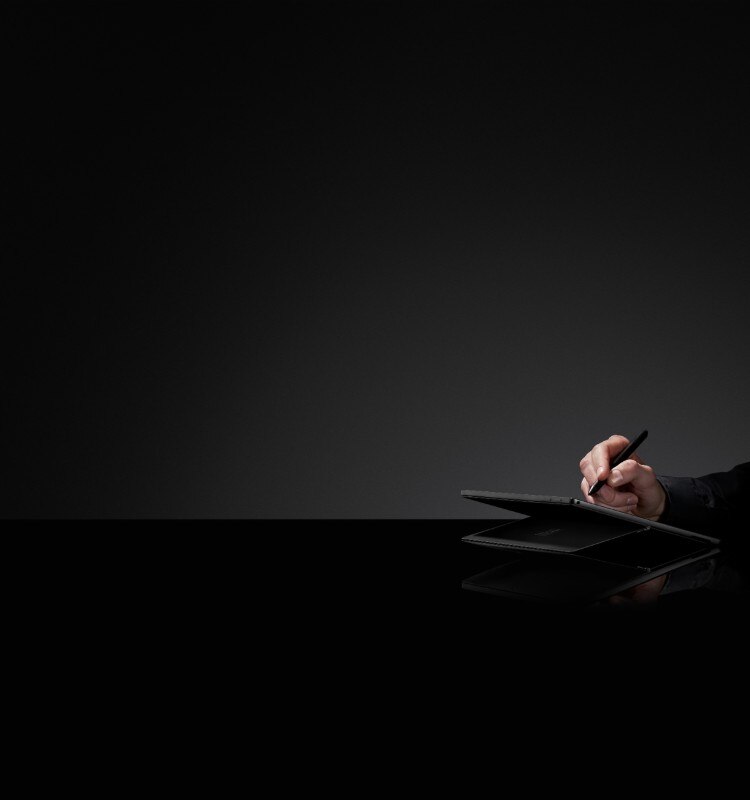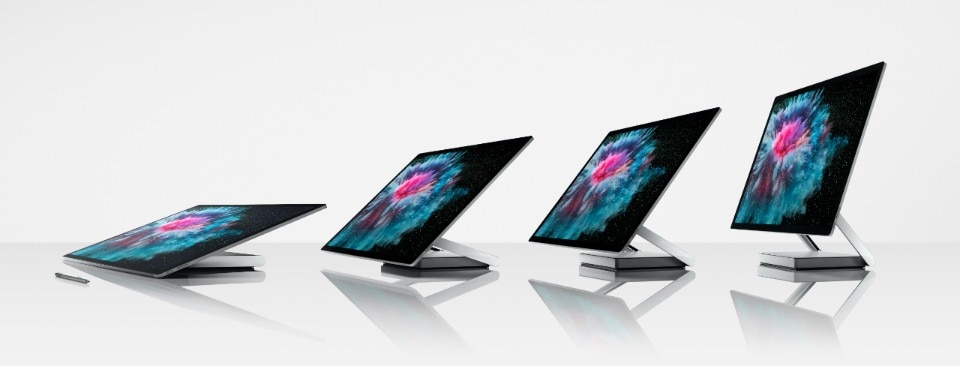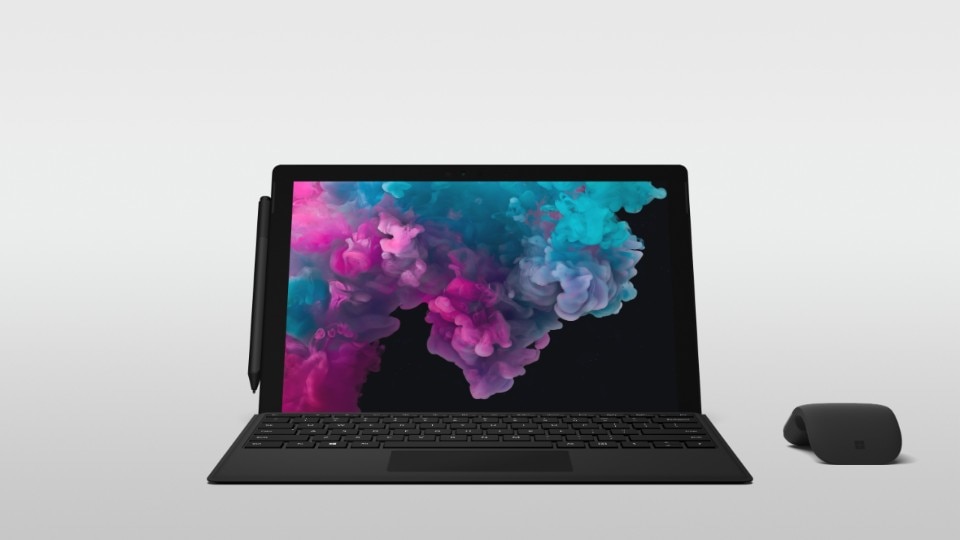The Microsoft Mouse, sold bundled with a couple of popular programs such as Word and Notepad, was released in 1983. It was the first effort to be more than just a software house by a company that today is still globally known for its unmaterial products, work appliances and cloud services (with 35 million people subscribed to Office 365 for consumer), and of course for its operative system Windows. But today Microsoft is also also known for its Xbox consoles and the Surface lineup of hybrid computers and laptops, that rank among the finest Windows 10 devices. So, while Google is still trying to enlarge its brand reputation to its most important hardware product, the Pixel smartphones, the Surface department is becoming more and more relevant in Microsoft's economy, with a +21% of revenue growth year over year, according to the Q3 2019 financial results recently published. It's the deserved victory after a tenacious effort to evolve Microsoft's soul, but also the triumph of good design in technology.

“There's an old interview with former CEO Steve Ballmer in which he says that hardware and software should coexist”, explains Alec Ishihara, Principle Material Designer, Microsoft Device: “It really helps us to have that deep early dialogue with the software team about where do we need to go and how we get aligned to that direction”. The new Microsoft of the Surface era is a hardware, software and even retail company, “where we think holistically about the journey of the user”. Launched in 2012, the original Surface, a hybrid tablet with optional detachable keyboard and pen, was the first personal computer designed and produced entirely by Microsoft. The Surface has evolved into a whole lineup of six main devices: Surface and Surface Pro, recently joined by the low-cost Surface Go, two notebooks – the ultralight 13.5-inch Laptop and the Book with detachable screen, a 28-inch all-in-one desktop computer which becomes a digital table, called Studio, and the Hub, a sort of gigantic interactive whiteboard.

Mr. Ishihara, what's Microsoft philosophy in designing hardware?
Software should stay in the front, and devices should be invisible: that's what we try in our design. This is how we let the experience guide the user's journey. Hardware fades into the background and becomes invisible.
What's your relationship with the software team?
We're different organizations. But since the software is so important for the hardware, we've actually hired people from the software team, Windows and Office: we invite them inside our organization to envision what our future can be. In total, we're one company. In our small design team, we have software designers embedded. It takes a large amount of time designing the experiences, and software is a critical component.
What are the inspirations behind Surface?
This product is a no-compromise PC. It is designed for mobility. It's super light, super thin, it's amazing how fast and productive it can be. Typing, input, the trackpad, all have been designed for the best possible experience of productivity. Those were the guiding principles.

And what about materials?
We used aluminium and magnesium for the body and designed it to be thin and light as possible, to make the hardware fade behind the software. On the keyboard, the material must be flexible since it's a convertible PC and you go from laptop mode to draw mode. We chose Alcantara. It's a beautiful material, feels amazing, like suede.
How did you choose Alcantara?
We've taken a gamble, we've made a keyboard that's textile, soft under the palm: how do you make it comfortable? How do you make it durable? It all started with Surface Pro 3, which was a super thin ultraportable PC, more powerful and expensive than the first two generations of Surface. The question was: how can we make a more premium keyboard? At first, we were inspired by Gucci leather. We found a major supplier to Gucci, but it didn't work. We even bought a machine from Italy that makes leather thinner, and then we realized that we could do this with Alcantara. We can take a piece of Alcantara, split it in half, put all the components inside, and put it back like ravioli and you get this magical product. Initially, we made this prototype for a limited release of 2,000 or 3,000 pieces, actually at Salone, in Milan, but everybody loved it. We sold many, many times more than that. Now we offer different colours: black, burgundy, cobalt blue and silver.
More to come in the future?
We're looking into more colours. I'm in Italy because I met Alcantara, not only for the colours but also for the materials.
Keyboards are one of the top elements of Surface devices. How did you achieve that?
We've done a lot of benchmarking and testing. We care about how fast, how accurate you can type. We've looked at all the details that make that experience possible: key travel, size, level, spacing. The trackpad: the friction, the hand-feel, input response, the click and the feedback. Since the first Surface, the supply chain has grown, but we always aim to control details. And the lifespan on the product: at Microsoft we want to make durable hardware. We've had the opportunity to make the product thinner, lighter, but we don't compromise on those experiences.

Some months ago you launched Microsoft Studio 2: how do you design a PC for designers?
We had this idea: what about a great computer with an insane high-res display that can become your drawing table, your photo touch-up studio. We had this vision of how this computer could be. In certain angles, in some environments, when you look at the product it really becomes invisible, and it's like the arms are not even there because they are reflecting the environment. Surface Studio is a mirror. It's just like this high-resolution display is floating in mid-air. And that's the emotion of this design.
Not just design, but also a lot of engineering is implied here.
Yes, engineering is not a joke. From the design side, we had this vision, go from display to draw mode with just one finger. We went through lots of prototypes, many not realistic, just for the experience. But then engineers had to recreate it in a very small form factor. The engineering team is really amazing, they made this happen.
Is the lineup complete, or we'll see more form factors and products in the future?
Right now the product line has grown quite a bit. But we're always looking for new ideas and formats and talking with clients and partners.


